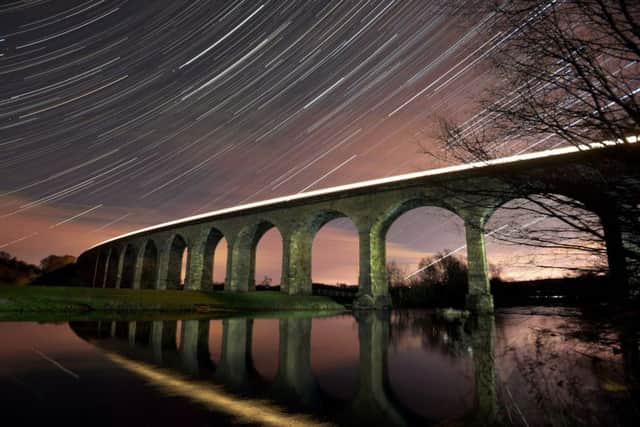Stargazers urged to look to night skies for project assessing effects of light pollution
The star count, organised by the Campaign to Protect Rural England (CPRE) and supported by the British Astronomical Association, will run for the first three weeks of February.
CPRE said the scheme, aimed to promote dark skies, will engage people in the wonders of stargazing and highlight the problem of light pollution and its impact on people and wildlife.
Advertisement
Hide AdAdvertisement
Hide AdLight pollution prevents people from enjoying the beauty of a starry sky, affects people’s sleeping patterns and can disrupt wildlife behaviour and, the conservation charity said.


The star count will be used to create a new map to show how light pollution is affecting people’s views of the night sky.It follows from CPRE’s “night blight” maps showing that less than a quarter of England is untouched by light pollution and more than half the darkest skies are over national parks and areas of outstanding natural beauty.
Star Count 2019 runs from Saturday February 2 to Saturday February 23.